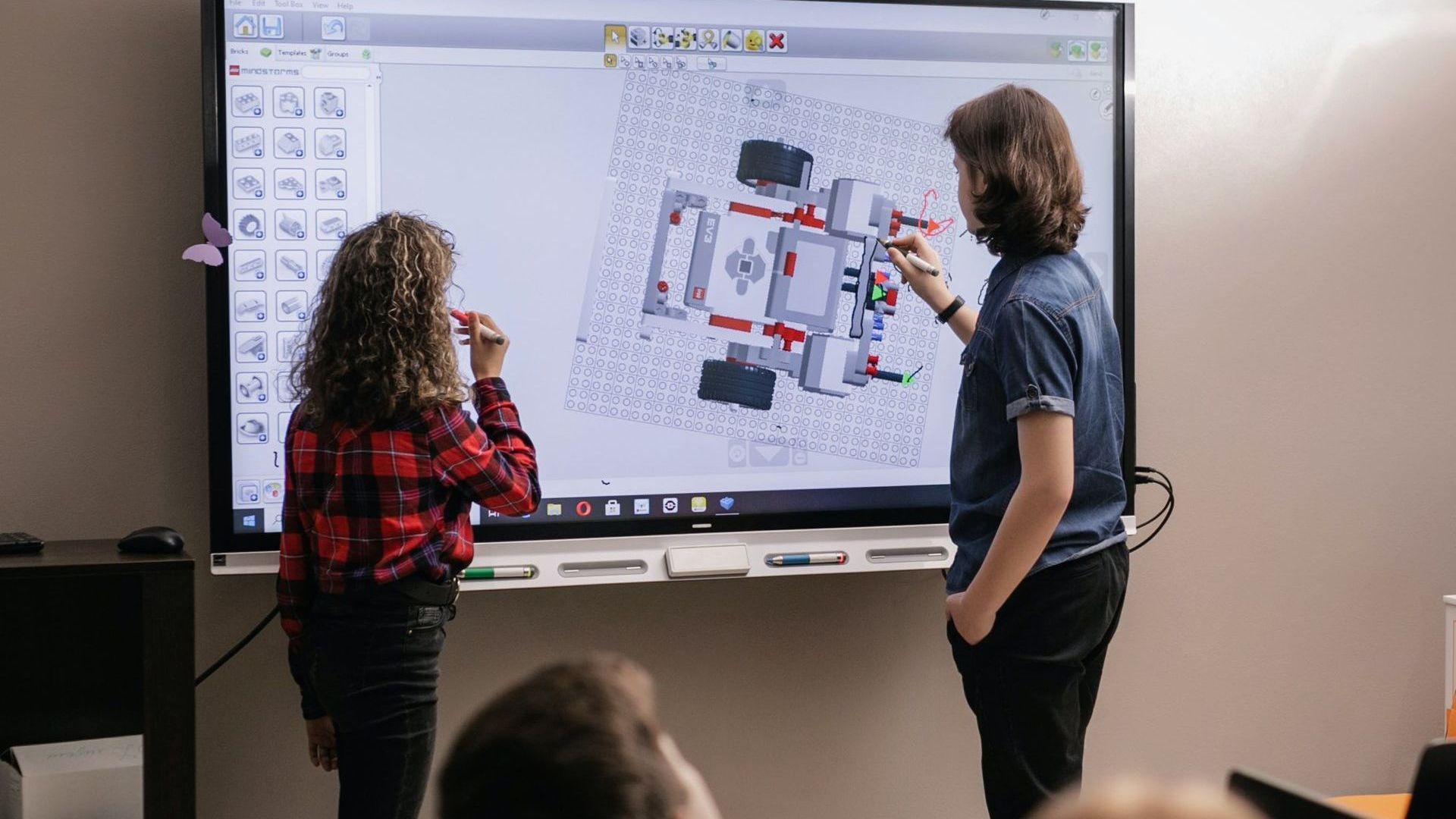By Georgia Tierney
•
January 23, 2025
As climate change impacts intensify, the need for greener, more energy-efficient buildings has never been more urgent. Addressing these challenges, the UK Net Zero Carbon Buildings Standard (The Standard) Pilot emerges as a pivotal initiative. The Standard is the first comprehensive, cross-industry standard designed to ensure that buildings in the UK achieve net zero carbon emissions. Developed collaboratively by leading organisations in the UK buildings sector, the Standard provides a clear definition of net zero carbon buildings, addressing both operational and embodied carbon. For commercial property owners, understanding these two components is crucial for effective carbon management and compliance. What is the UK Net Zero Carbon Buildings Standard Pilot? Launched in September 2024, the Standard is still in its infancy, with the full version of the Standard expected by the end of 2025. Key collaborators include prominent industry organisations such as BBP, BRE, the Carbon Trust, CIBSE, IStructE, LETI, RIBA, RICS, and UKGBC. The Standard aligns with the UK's ambitious climate goals, targeting net zero emissions by 2050, with interim milestones of a 68% reduction by 2030 and 78% by 2035. Its primary objective is to establish a unified methodology for assessing and proving that buildings can achieve net zero carbon. By setting clear metrics and targets, it ensures the built environment contributes meaningfully to limiting global temperature rise to 1.5°C. Key Components of the Pilot Operational Energy Use: The Standard sets stringent metrics for energy consumption during building operation. It emphasises energy efficiency and the integration of renewable energy sources to minimise carbon emissions. Embodied Carbon: This component addresses carbon emissions linked to construction materials and processes. Guidelines encourage the use of low-carbon materials and efficient construction practices to reduce these emissions. On-Site Renewable Energy: The integration of renewable energy systems, such as solar panels and wind turbines, is encouraged to decrease reliance on fossil fuels and lower operational carbon emissions. Refrigerants: The Standard promotes the use of refrigerants with low global warming potential (GWP) in building systems to further minimise environmental impact. Implications for Commercial Property Owners For commercial property owners, the Standard represents a critical shift in how the sector approaches sustainability. For many existing builds, meeting the new standards may very well require significant investment. However, there are potential financial incentives, including grants and green financing options, which can offset these expenditures. More importantly, buildings aligned with the Standard can be expected to yield long term savings through reduced operational costs. Improved energy efficiency and integration of renewable energy not only helps mitigate the initial upfront costs but also lowers energy bills over time. This dual benefit of immediate financial support and enduring cost reductions highlights the long-term economic advantage of aligning with the Standard. On the regulatory front, property owners will need to anticipate and align with stricter compliance requirements. While the Standard is currently voluntary, early adoption can help avoid future penalties and ensure properties remain competitive. Aligning with the Standard ahead of time also allows building owners to position themselves as leaders in the industry, gaining recognition from tenants, investors, and other stakeholders. Staying proactive in meeting these guidelines reduces the risk of rushed adjustments should the Standard become mandatory in the future. Market value is another critical consideration. Buildings that achieve net zero status are likely to see enhanced asset value and greater appeal to sustainability focused tenants. Modern tenants are increasingly prioritising environmentally friendly and energy efficient properties, which means that non-compliant buildings could face higher vacancy rates and reduced competitiveness in the rental market. Properties that fail to meet the Standard also risk becoming obsolete, potentially decreasing their long term value and investment appeal. By contrast, net zero compliant properties not only command higher demand but are overall more resilient to climate related risks, further enhancing their marketability. Complying with the Standard signals a strong commitment to sustainability, aligning with the expectations of tenants, investors, and the broader market. Organisations with robust ESG credentials are better positioned to secure investment and maintain stakeholder trust. Contributing to national and global climate targets bolsters corporate social responsibility efforts, fostering a positive brand image and strengthening long term industry leadership. How Resero Can Help At Resero, we understand the transformative potential of the Standard for the commercial property sector. Since 2016, we’ve been helping property owners and managers turn ambitious sustainability goals into practical, achievable outcomes. By bridging the gap between high-level strategy and practical implementation, we offer solutions that align with the operational realities of achieving net zero. Our Expertise Includes: Technical Asset Management : We optimise property performance and value throughout its lifecycle, ensuring compliance with statutory obligations and identifying opportunities for efficiency improvements. Net Zero Carbon Strategies : We also l everage frameworks like BREEAM and NABERS UK, both of which align with the Standard, to assess energy performance, reduce emissions, and deliver tangible progress toward net zero. A key to meeting the Standard and achieving net zero is to determine a feasible transition plan at an early stage, all too often we have seen sustainability report recommendations that are unfeasible in the real world, and with commercial buildings contributing 40% of the UK’s carbon emissions, the need to decarbonise portfolios has never been more urgent. Resero provides tailored pathways to help you align with your net zero carbon goals, ensuring minimised risks, maximised asset performance, and strengthened ESG credentials. Conclusion The UK Net Zero Carbon Buildings Standard Pilot represents a transformative step toward decarbonising the built environment. Its comprehensive approach to operational and embodied carbon, coupled with its focus on renewable energy and low GWP refrigerants, sets the benchmark for sustainable building practices. For commercial property owners, proactive planning and investment in alignment with the Standard offer a pathway to enhanced asset value, regulatory compliance, and ESG leadership. By embracing the Standard, the sector can seize the opportunity to lead in sustainability, ensuring a resilient and competitive future.


























